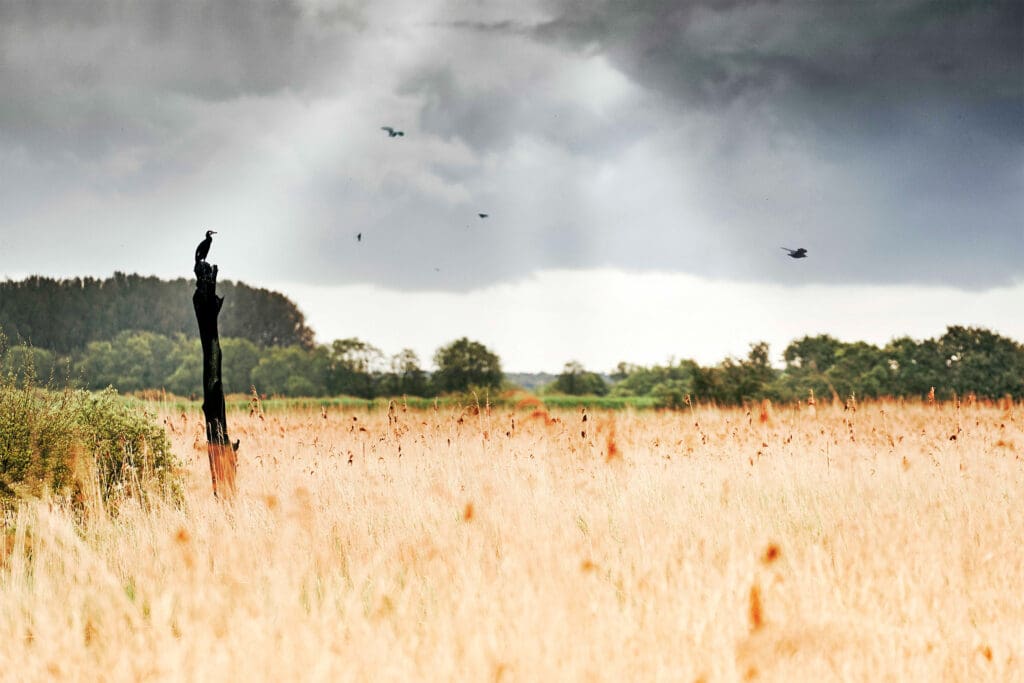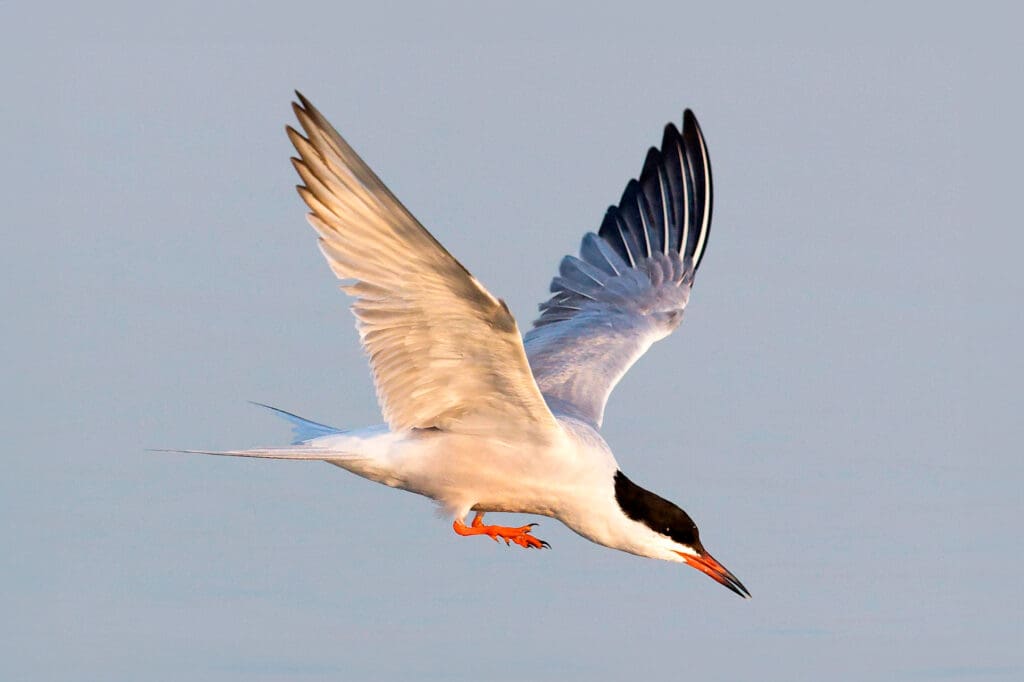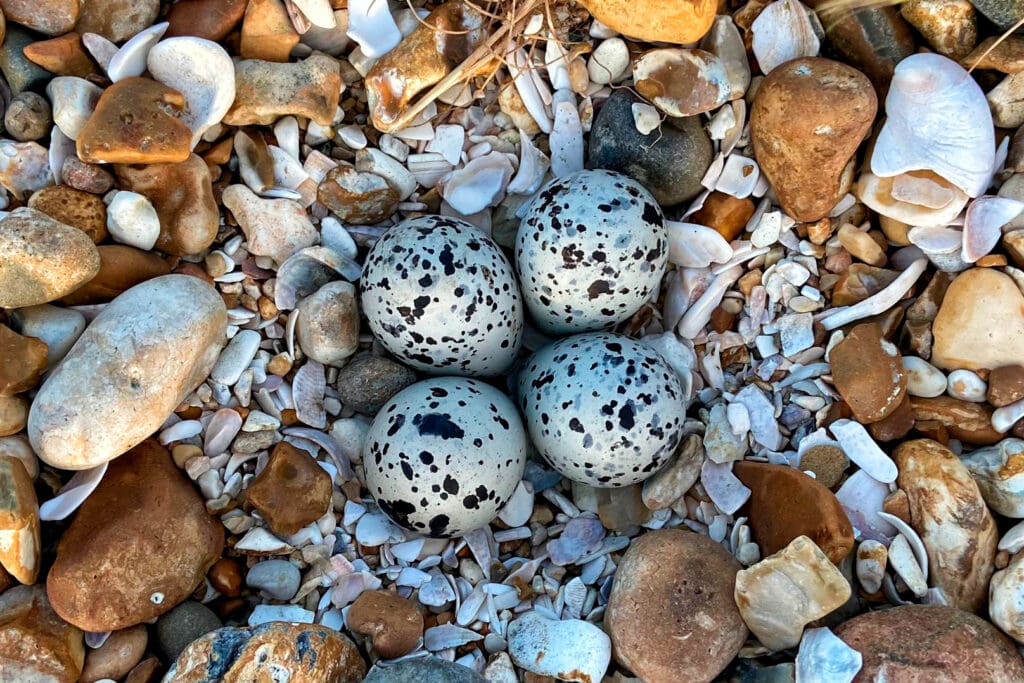The RSPB’s work improving and creating coastal habitat around England through the LIFE on the Edge project (LOTE) is yielding rich returns for beach-nesting and wintering birds such as Ringed Plovers, Oystercatchers and terns.
The UK’s intertidal habitat is under pressure: over 15% has been lost since 1945. Climate change will continue to exacerbate this problem, impacting both people and wildlife. To tackle this, the LOTE project began in October 2020, aiming to improve the habitat at key coastal sites and to build resilience. Led by the RSPB, in partnership with the National Trust and funded by the EU’s LIFE Programme, this project has involved diverse work.
At CWT’s South Walney Nature Reserve near Barrow-in-Furness, Little Terns had a successful 2023 breeding season – doubling the population
With Harwich Haven Authority and the Environment Agency, we elevated the profile of a beach at Horsey Island in Essex by adding 50,000 cubic metres of dredged sand and shingle. This improved nesting habitat for Little Terns and 42 chicks fledged in summer 2023 – their most successful breeding season in 17 years. In north-west England, we’ve worked with Cumbria Wildlife Trust and local communities, installing rafts and predator-proof fencing. At CWT’s South Walney Nature Reserve near Barrow-in-Furness, Little Terns had a successful 2023 breeding season – doubling the population – along with Ringed Plovers, Oystercatchers, and Herring and Lesser Black-backed Gulls. And at RSPB Hodbarrow, two new islands totalling 1ha provide extra breeding habitat for Sandwich Terns, Ringed Plovers and Eiders.
Adult Ringed Plover foraging for food on a wet sandy beach in the UK. Video: the RSPB (rspb-images.com)
In Norfolk, the work at RSPB Titchwell Marsh on the freshwater lagoon has benefited Bitterns, Little and Great White Egrets and Avocets. And on the south coast, a Beach Nesting Bird Project Officer, funded through LOTE, works with volunteers to survey and monitor nesting shorebirds, launch tern nesting rafts, construct predator-proof nest cages, and raise awareness of the risks of disturbance to wildlife among dog walkers and other visitors. Habitat creation and enhancement works are also under way.
You might also like

Lakenheath Fen

The spotters’ challenge: Terns



